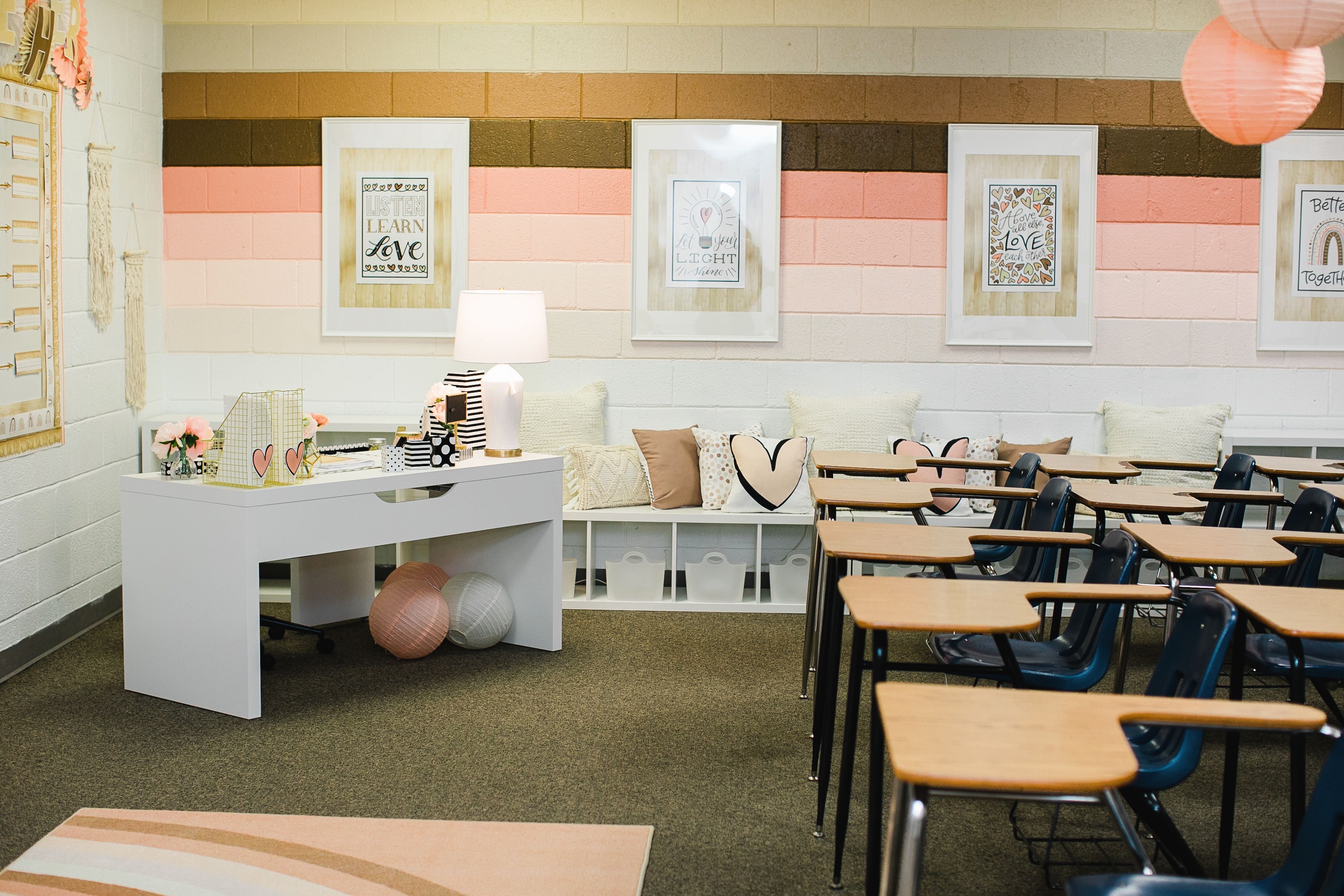Creating a classroom that is not only functional but also aesthetically pleasing can greatly enhance students’ learning experiences. This article dives deep into aesthetic classroom decor, blending personal experiences, actionable tips, and inspiring ideas.
Understanding Aesthetic Classroom Decor
Aesthetic classroom decor is about creating an environment that promotes creativity, focus, and comfort. It combines visual appeal with functionality, making learning spaces more engaging for students.
The Importance of Aesthetic Decor in Classrooms
Research shows that the physical environment in which students learn can significantly affect their motivation, behavior, and even academic performance. An aesthetically pleasing classroom can:
- Encourage creativity and self-expression
- Reduce anxiety and stress
- Improve focus and attention
- Create a sense of belonging and community
Key Elements of Aesthetic Classroom Decor
When designing an aesthetically pleasing classroom, consider these essential elements:
Color Schemes
Colors have a profound effect on mood and learning. Incorporating a cohesive color scheme can create a calming and inspiring environment.
- Soft Pastels: Promote calmness and focus.
- Bright Colors: Energize and stimulate creativity.
- Neutral Tones: Provide a balanced backdrop for other decor.
Wall Art and Decor
Art can be a powerful tool for inspiration. Include various forms of art, such as:
- Student artwork
- Motivational quotes
- Educational posters

Furniture Arrangement
How you arrange furniture can significantly impact the classroom’s aesthetic and functionality.
Flexible Seating
Consider incorporating flexible seating options like bean bags, floor cushions, and collaborative workstations.
Plants and Natural Elements
Bringing nature indoors can enhance aesthetics and improve air quality. Consider easy-to-care-for plants such as:
- Snake plants
- Pothos
- Spider plants

DIY Aesthetic Classroom Decor Ideas
If you’re on a budget or love getting crafty, DIY projects can add a personal touch to your classroom decor.
Handmade Bulb Lights
Transform string lights into a cozy atmosphere with handmade paper lanterns.

Custom Bulletin Boards
Use fabric or wrapping paper to cover bulletin boards. Add personal photos, student achievements, or thematic content.
Quote Wall
Dedicate a wall for inspirational quotes that resonate with you and your students. Update quotes regularly to keep it fresh.

Budget-Friendly Aesthetic Decor Tips
| Item | Estimated Cost | Tips |
|---|---|---|
| DIY Wall Art | $20 | Use recycled materials or student projects. |
| Plant Pots | $15 | Repurpose containers you already have at home. |
| String Lights | $25 | Shop during holiday sales for better deals. |
Pros and Cons of Aesthetic Classroom Decor
Pros
- Enhances student engagement and motivation
- Provides a welcoming atmosphere
- Encourages collaboration and interaction

Cons
- Initial setup can be time-consuming
- Budget constraints may limit options
- Maintaining decor can require ongoing effort
Incorporating Student Feedback
Getting students involved in the decor process can lead to a more enriching experience. Here are some ways to gather feedback:

Surveys and Questionnaires
Design short surveys asking students about their favorite colors, styles, and themes.
Class Discussions
Hold a brainstorming session to involve students in decor ideas that resonate with them.
Real-Life Examples of Aesthetic Classrooms
Case Study 1: Ms. Johnson’s Art Room
Ms. Johnson transformed her art classroom into a vibrant space filled with student artwork, colorful seating arrangements, and a unique gallery wall that showcased students’ creations.
Case Study 2: Mr. Smith’s Science Lab
By using natural elements like plants, innovative seating options, and interactive displays, Mr. Smith created a science lab that feels like a living ecosystem, igniting students’ curiosity about the natural world.
FAQs on Aesthetic Classroom Decor
What are some inexpensive ways to decorate a classroom?
Using DIY projects, recycling materials, and incorporating student artwork are great ways to decorate on a budget.
How can I involve students in classroom decor decisions?
Surveys, discussions, and collaborative projects can help students feel part of the decorating process.
What color schemes work best for learning environments?
Soft pastels, bright colors, and neutral tones can each serve different purposes, depending on the desired atmosphere.
How often should classroom decor be updated?
Regularly updating decor can keep the environment fresh and engaging. Consider seasonal changes or themes throughout the school year.